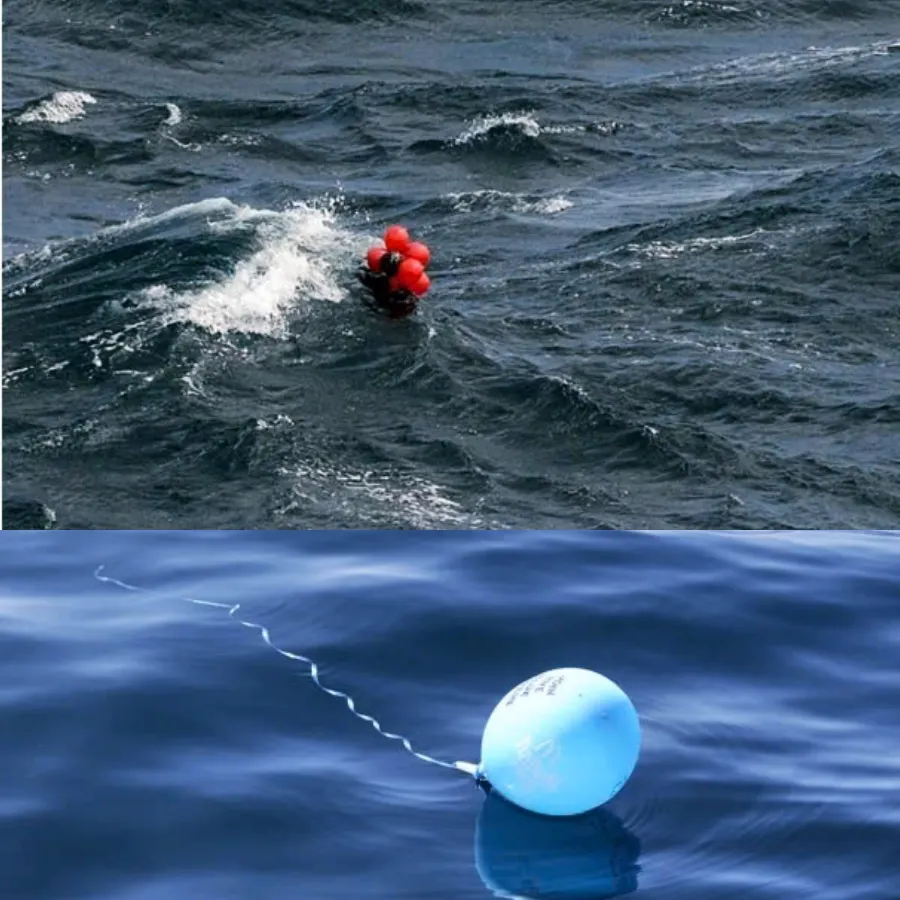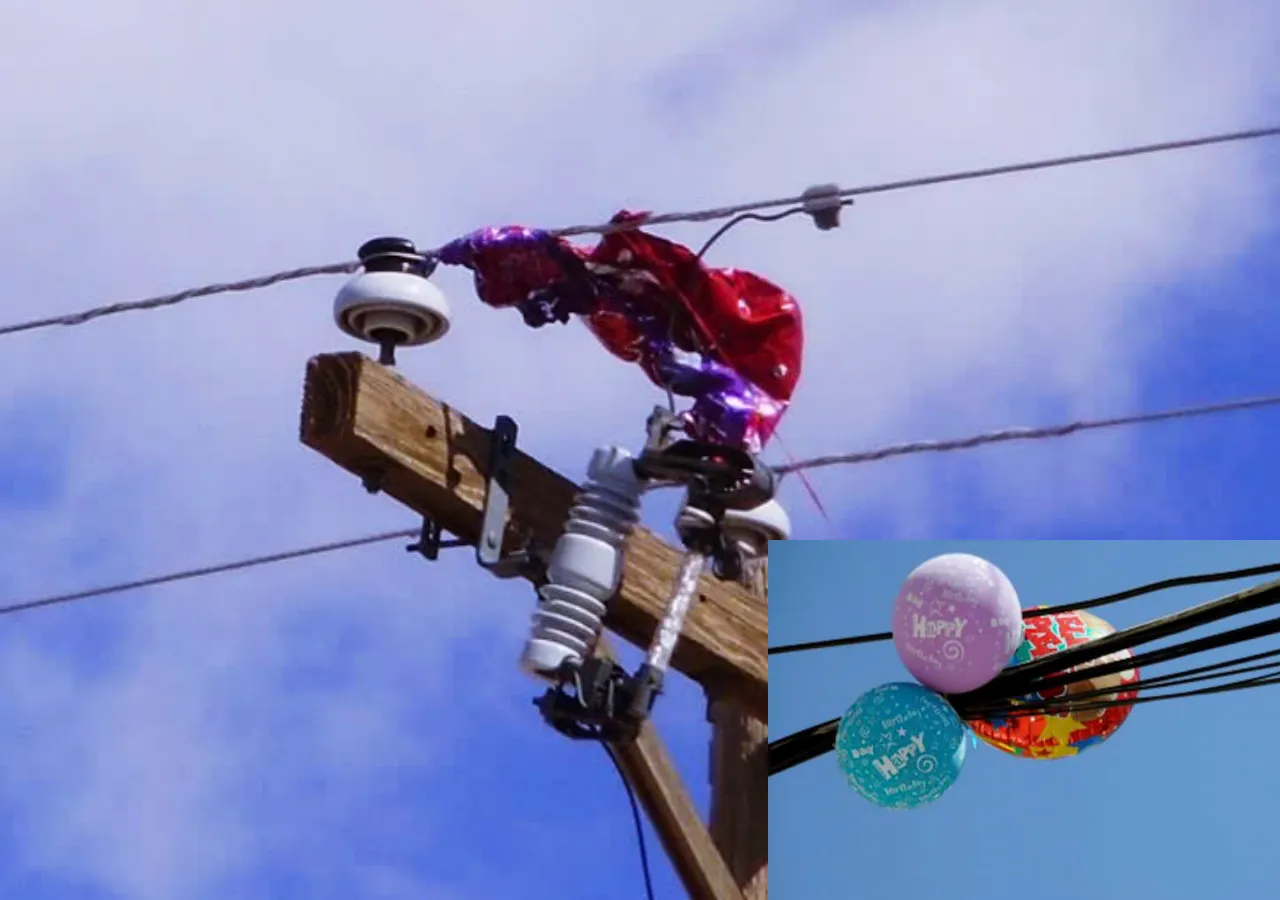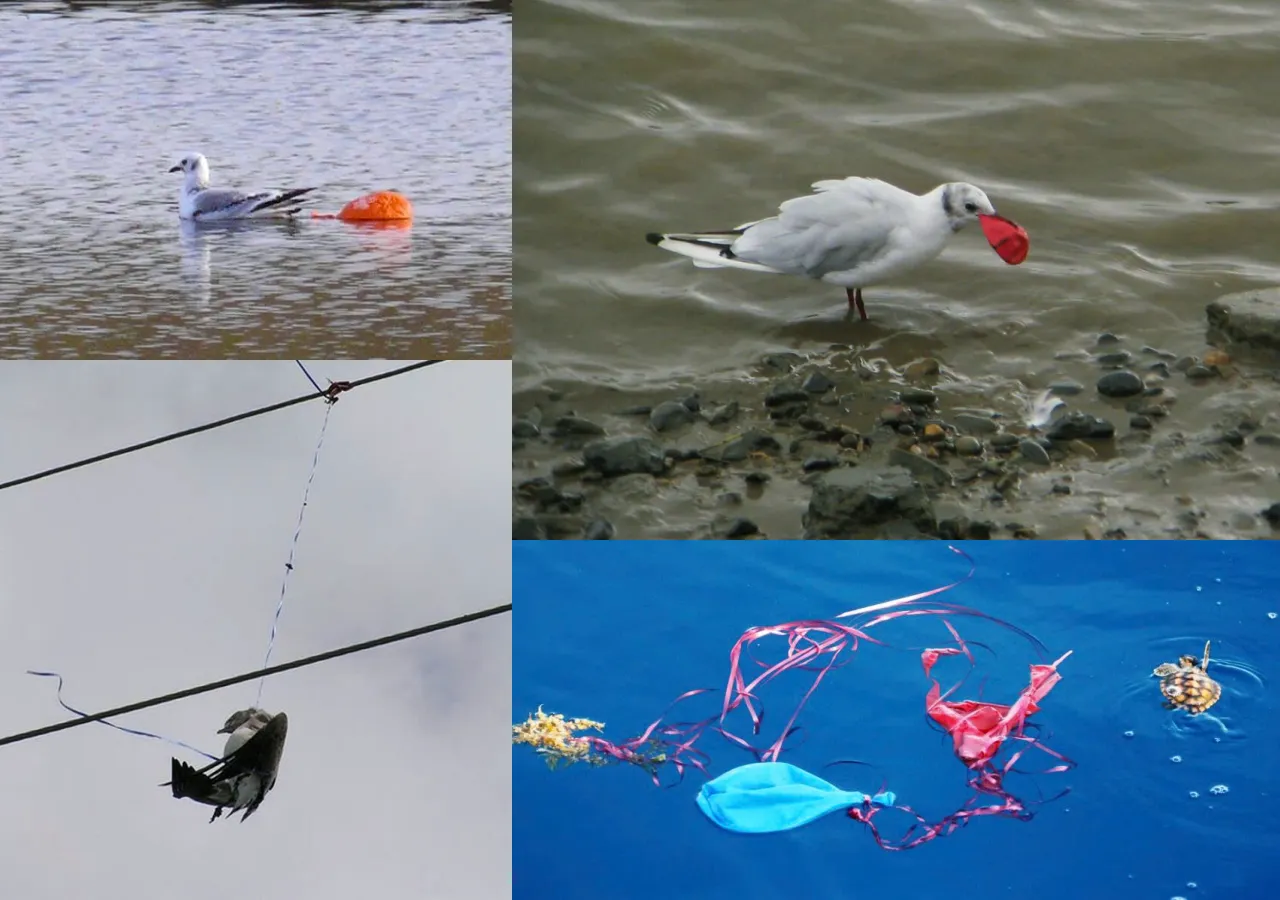
It’s Time to See Balloon Releasing as Littering
Releasing balloons may seem like a harmless and fun activity, but in reality, it is a serious source of pollution. As the balloons rise, the atmospheric pressure drops, causing them to burst and fall, becoming litter that drifts into rivers and oceans. Here, they are easily mistaken for food by animals such as seabirds and sea turtles, endangering their health and lives. While balloons may be beautiful decorations on the ground, they become a serious environmental threat when released into the air. Therefore, it is time to see the practice of releasing balloons as litter and change. Many places around the world have begun to take action against this habit, with the state of Florida (USA) recently enacting a law banning the release of balloons, in order to protect the environment and wildlife.

“Pretty but Not Pretty”: Florida’s New Balloon Ban
On June 24, Florida Governor Ron DeSantis signed a bill banning balloon releases, effective July 1. Under the new rules, anyone who intentionally releases a balloon will be fined $150 for littering. The previous rule allowed up to nine balloons per person in a 24-hour period, but it did not significantly reduce the problem. The new law not only bans regular balloon releases, but also biodegradable ones. Support from environmentalists and a rare cross-party consensus highlight the need for the move.
While the balloon ban may impact outdoor recreation, the sale of balloons is not prohibited, and they can still be used for indoor or outdoor decorations as long as they are not released into the air. There are exceptions to the rule, such as allowing the government to release hot air balloons or balloons for scientific purposes and exempting children under the age of 6 from fines.

Similar to Florida, many other states and countries have implemented bans on balloon releases. Maryland, Virginia, Hawaii, Laguna Beach (California), and New York have implemented such bans. In Australia, Queensland and New South Wales have added balloons to the list of banned single-use plastics. More than 60 localities in the UK have also implemented similar bans.
Environmental experts are encouraging cities around the world to join this trend to reduce waste, protect wildlife and the environment. According to Shane Cucow of the Australian Marine Conservation Society, balloons can pose a danger to marine animals such as turtles and manatees if they get tangled in balloon strings or debris. Research also shows that balloons can be 32 times more deadly to seabirds than hard plastic, highlighting the dangers of this type of litter.
Balloon-Free Parties: Eco-Friendly Alternatives
Balloons, while beautiful and fun, are actually a serious threat to wildlife, according to Wild Life Watch. There are two main types of balloons: latex balloons that are marketed as biodegradable and foil balloons (also known as mylar balloons) with a thin layer of silver woven into nylon. Lara O’Brien of the National Oceanic and Atmospheric Administration’s Coastal Division says that while some latex balloons are marketed as biodegradable, none are actually safe to release. Latex balloons are made from natural rubber and a variety of chemical additives, which can take decades to decompose. Foil balloons can linger in the ocean for years and cause a host of problems, including getting tangled in power lines, causing power outages or starting fires.

Balloons may be less common on beaches than plastic bags, but they are still particularly harmful. While many environmental campaigns focus on reducing plastic waste, balloons are often overlooked. This opens up an opportunity for environmental organisations to continue to communicate and educate about plastic waste and pollution.
So what could be an alternative to balloons at parties and events? Queensland’s Department of Environment, Science and Innovation suggests five eco-friendly options: soap bubbles, paper decorations, kites, streamers, and fresh flowers. Conservationists encourage people to plant trees or throw flower petals into the water instead of releasing balloons. “There are plenty of ways to celebrate that don’t harm the environment,” says Emma Haydocy of the Surfrider Foundation. A tree planted to commemorate an event will be a lasting memory of that event, while balloons should be deflated and thrown in the trash after use to protect the environment.

Biodeable Balloons: A Far-fetched Promise and a Danger
In 2020, a team of researchers conducted an experiment to test manufacturers’ claims that biodegradable balloons could completely decompose in six weeks. The results, published in the *Journal of Hazardous Materials* a year later, showed that this claim was just a far-fetched promise. In the experiment, balloons were exposed to sunlight for 6 hours to simulate outdoor conditions, and then placed in industrial compost pits, saltwater tanks, and freshwater tanks.
The team aerated the balloons to simulate natural conditions in the ocean and lakes, and tested them every two weeks. The results showed that after 16 weeks, the balloons retained their original shape, although some properties changed. The experiment proved that the biodegradable balloons were indeed very durable and did not degrade significantly during the testing period. During that time, the balloons became litter, potentially harming wildlife. This shows that, although biodegradable balloons are advertised as an environmentally friendly solution, they can actually cause serious problems when not disposed of properly.



